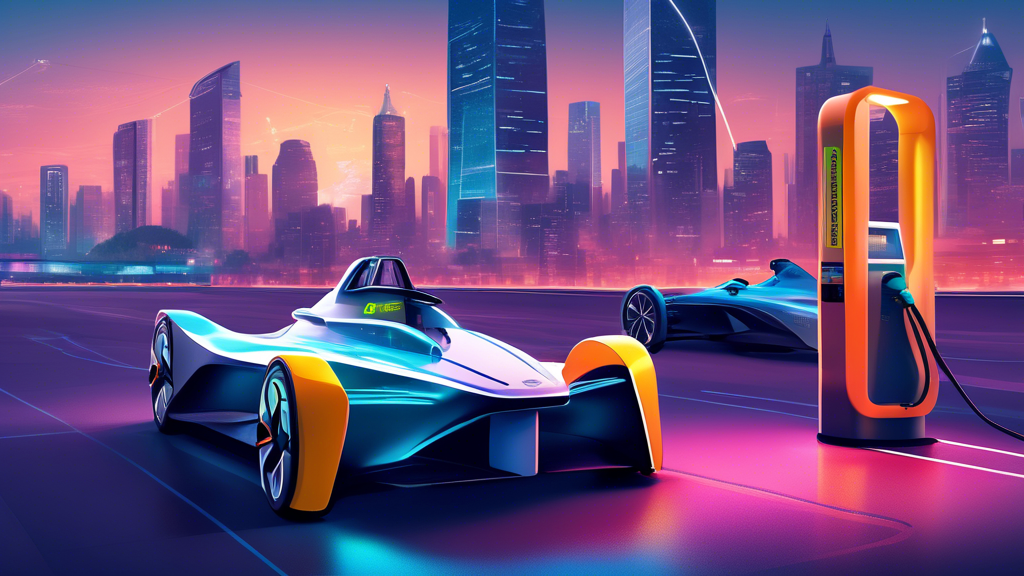
Powering Up: The Fast and the Efficient
Have you ever wondered how the silent warriors of the race track, the Formula E cars, stack up against your trusty electric car in the garage when it comes to refueling… or, more accurately, recharging? Let’s dive into the electrifying charging technology world and see how these two compare. Spoiler alert: it’s a tale of speed, strategy, and sustainability!
Formula E Charging: Power in the Pit Stops
Let’s kick off with the racers. With their need for speed and relentless racing schedules, Formula E cars can’t afford to sit idle for long. Their charging strategy? Fast, furious, and impressively strategic. Formula E vehicles utilize a standardized 900V high-power charging system that can pump the cars’ batteries from 0 to 100% in under an hour. Feel like that’s fast? Well, it’s designed to match the intensity and pace of a race day.
However, there’s no time for a full charge during the races. Here’s where it gets interesting: the cars use regenerative braking technology, which recovers energy during braking and puts it back into the battery. Think of it as sweating during a workout and drinking your sweat to stay hydrated—gross but efficient!
Standard Electric Vehicle Charging: Slow and Steady Wins the Race?
Meanwhile, in everyday electric vehicles (EVs), the charging set-up feels more like a relaxed coffee break. Most standard EVs have a home charging system delivering about 7 kW of power. This means you can charge your EV overnight, which translates to about 8 hours for a full battery, depending on the model. Not quite the speed of Formula E, but perfectly timed for a good night’s sleep.
On the go and need a quicker boost? Public charging stations offer more power. The typical Level 2 stations provide up to 22 kW, significantly reducing charging time. DC fast chargers are the way to go for those needing an even quicker fix. They offer up to 350 kW and can get your EV’s battery up to 80% in about 30 minutes. Planning your refreshment break around a charger might not be as glamorous as a pit stop, but it does the job.
The Big Electric Showdown: Technology vs. Practicality
When we compare them, Formula E and standard EV charging technologies showcase a fascinating mix of extreme performance and everyday practicality. Formula E’s approach is all about minimizing downtime and maximizing performance, aligning perfectly with the high stakes of competitive racing. On the other hand, standard EV charging optimizes for convenience and accessibility, fitting seamlessly into daily routines.
So, what does this mean for the future of electric vehicles? With racing technologies often trickling down to consumer tech, could your future EV see a turbocharged future borrowing from the Formula E playbook? Perhaps, but one thing is clear: whether it’s the thrill of the race or the daily commute, electric power is steering us towards a cleaner, more sustainable future on and off the track.
Before you dream about pit stops and power boosts, remember that every time you plug in your EV, you’re part of the electric revolution at a slightly slower pace. But hey, not all of us need the speed of a race car in the school drop-off line, right?
So, whether it’s the speed of a lightning-quick pit stop or the steadiness of an overnight charge, the electric era is all about giving power back to the people – one charge at a time. Ready to plug in?
